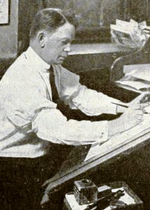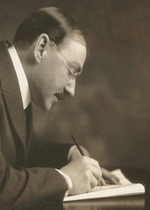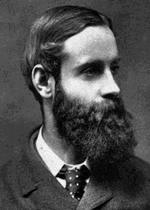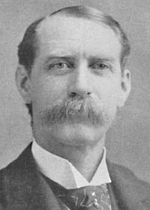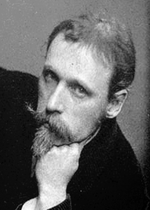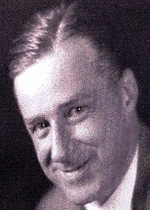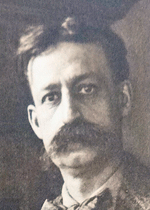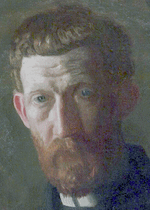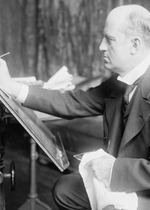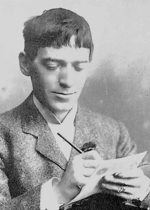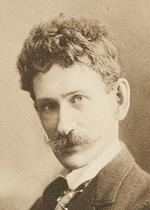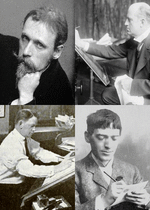
Welcome to Comic Book Plus, a massive site where every day is party day!
We are the original, and still the best site to read and download Golden Age comic books. We also hold a large and growing selection of Silver Age comic books, Comic Strips, Pulp Fiction, Old Time Radio (OTR), Fanzines, a lively and active Forum plus lots more ...
The even better news is that all the content is FREE and LEGAL.
This is a historically significant archive, that has taken a great many people thousands of hours to create, and we are ever vigilant to ensure that no content breaches copyright or trademark laws.
There is something for everyone here. We hope you enjoy your time with us, and come back really soon!

